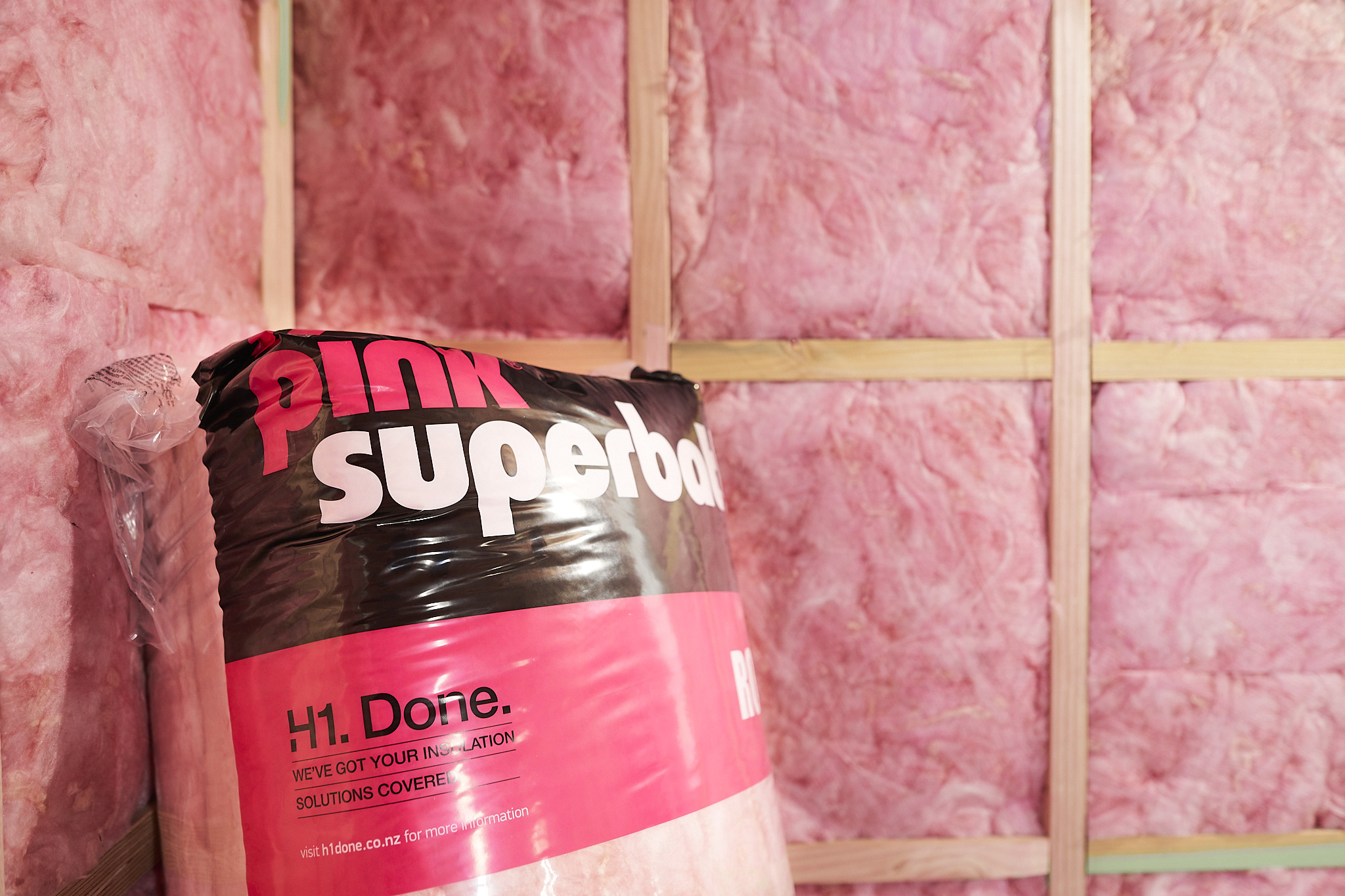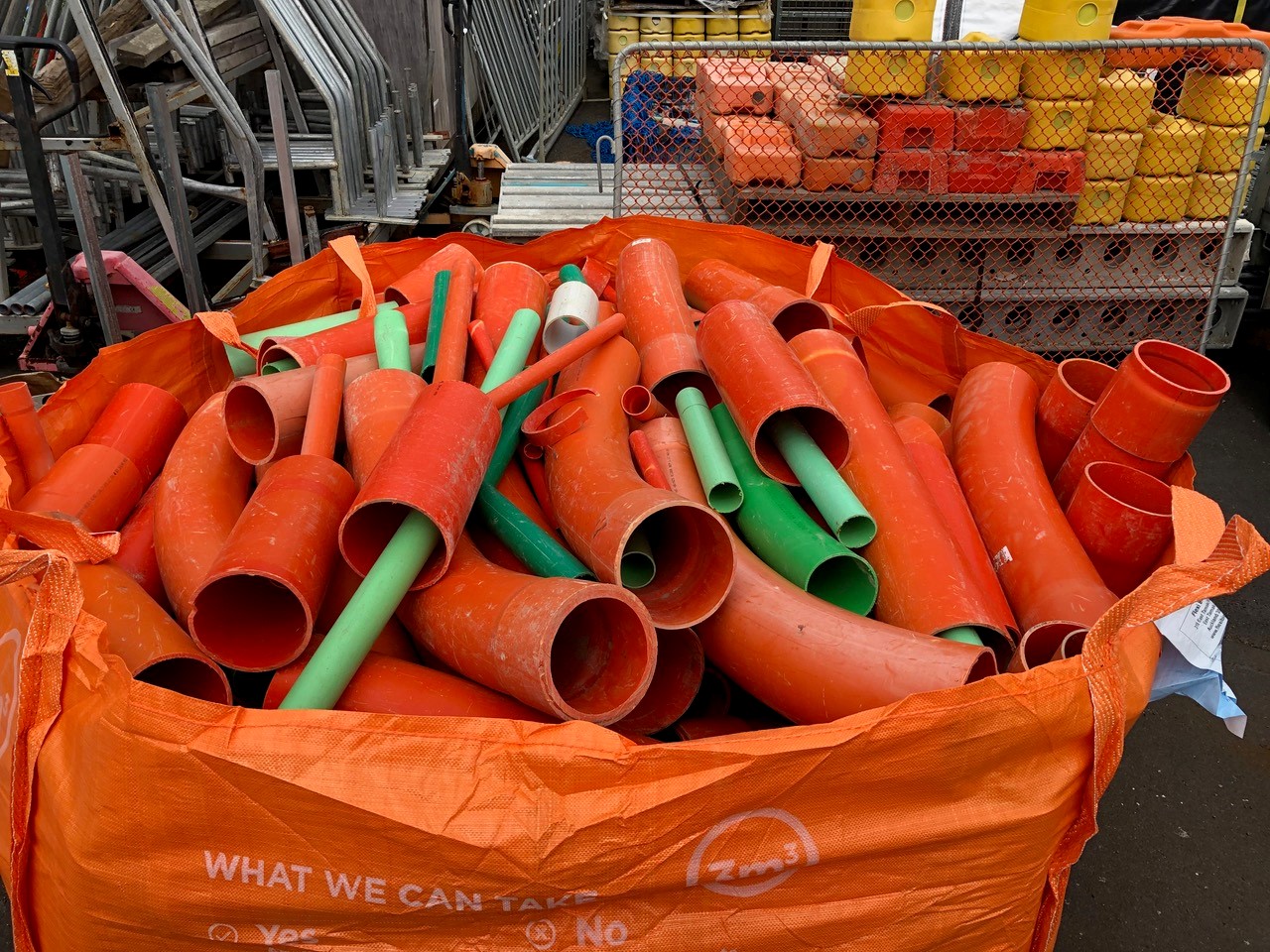With COVID-19 impacting building material supply chains throughout the world, the pressure is going onto New Zealand designers, architects, builders, and Councils to find enough materials and products to ensure our building boom doesn’t become a bust.
Even before the pandemic disrupted product production, and reduced sea-freight to a trickle, ‘inappropriate material substitutions’ were becoming an issue for Councils and now, with access to traditional materials limited, they report that dealing with substitutions is becoming a big issue.
Building Industry Federation chief executive Julien Leys recently said on RadioNZ that shortages cover all kinds of products in both residential and commercial.
“The materials that [builders] depend on - everything from fasteners, square washers, power tools, vanity tops, ladders, all those things, even door handles, are not coming into the country,” Leys said.
And that’s not all. Freight costs alone have more than tripled, discounting has become a thing of the past and stockpiling has added to shortages. Glass supply chain has been disrupted also, with delays at the port in Singapore and again at the Ports here.
There’s also been a well-publicised shortage of structural timber as companies were unprepared for the level of booming demand and upgrades of existing mills took longer than expected.
And all these supply shortages coincide with the highest new house building consent numbers since 1974. The value of consents solely for new stand-alone houses topped $1 billion for the first time in a single month.
Are we seeing these shortages becoming actual delays? The Stats NZ Quarterly Building Activity Survey for December 2020, covering 5,119 building projects, stated that 60% of home building projects in Auckland were hit by problems with material and/or equipment availability.

Gemma Winstanley, senior technical consenting officer at Wellington City says that her team are seeing an increase in substitutions on projects.
“Yes, absolutely. This year in particular, we've just noticed an uptick as goods become harder and harder to get a hold of.
Winstanley says it's not so much price substitution as supply issue substitution.
“We haven't noticed the same kind of substitutions for money's sake, as opposed to just, “we can't get this product anymore” or “we can't get enough of this product”.”
Winstanley says the Council definitely has some sympathy for that situation.
“Oh, absolutely. In those kinds of situations, you want to make it as simple as possible to keep the project moving and to keep building work ticking along.
“When we do process a consent, we consent a product based on how it demonstrates compliance. So, either it fits within an acceptable solution, or it's considered an alternative solution where adequate evidence has been provided that it will comply with the building code.
“Quite often, with cladding and waterproofing and things like that, that evidence might be provided by Codemark certificates, BRANZ Appraisals and similar.
“So, the big thing we're looking out for with product substitutions, for example, is if you have one product that has a Codemark certificate, and then you swap it out for a product that doesn't, or that doesn't have adequate evidence that it complies with the code, we need to consider; are we familiar with this product? Do we know it will comply? What is the evidence that it will comply with the code?” she says.
Winstanley says the key areas they’re seeing issues with are mainly external envelope products.
“Cladding, waterproofing products - they also seem to be the big things that will hold up a job. Because if you can't make the building weather tight, you can't keep going with internal work or anything like that.
“We're seeing different kinds of products now being proposed in the initial consent because they know now that they're just not going to get it in time or it's going to take a while.”
Winstanley says that warranty issues are also front of mind when accepting a substitution.
“There are some products that are only considered under warranty if they're combined with other products from the same supplier or the same code. Or used within a very limited scope or has to be installed by a very specific person.
“Those are all things that we need to keep in mind when we're approving a product substitution, are the relevant people involved, and are they using all of the relevant products in the right place and things like that.
“I think the big thing with product substitutions is, the more evidence, or documentation there is around that product, the easier it is going to be for us to just approve those products.”
So, is Council hearing of substitutions too late and they’re having to halt a job?
“It is happening, not too much... Builders, I think, particularly at this point are aware of some of the shortages, and are bringing issues up quite early on, which is nice to see.
“The earlier we know about a potential change, the easier it is for us to sort of create a really simple pathway for a builder or for an owner to ensure that, if a formal amendment is required to the consent, that that gets in early enough so that it doesn't hold up the building work.”
Winstanley says that to help alleviate delays, MBIE is working alongside manufacturers to help speed up the testing and the Codemark process and providing the right evidence to demonstrate that the product complies.
“Because a lot of the time the product will work, there just has to be that adequate backup for it. I think our big thing is, get in early, communicate with the council, your inspector, any officers, as much as possible. If you think that products are going to be hard to find, or you think that substitutions are likely, best to bring it up early and get on a good pathway. We can start putting timelines in place and helping you make sure that it doesn't hold up the building work,” Winstanley said.

Designer Ross Harris of Aspect Building Design has seen both sides of the business. Pre-Super City amalgamation, he worked for council in Papakura and now provides design and draughting services for commercial and residential, based out of Hamilton.
He says that while some Councils are on the ball, that’s not across the board.
“It's all over the place. I deal with Auckland, Waikato, Waipa, and a few others around the place like Western Bay of Plenty and it's just really inconsistent,” Harris says.
In terms of product substitution, Harris says that the building certification process can make it hard to bring a new product into the market.
“Councils have this attitude of: ‘if we approve something we're not sure of, we're liable’. Which is true to a point. Council is effectively auditing plans against the building code and they've basically got to say ‘yes’ or ‘no’.
In terms of substitution, Harris says a legislative problem is that the designer is sidelined once the building consent's done. “It’s really up to the builder, client and all the other shenanigans that happen post-consent that influence how the build happens. We've got no control over it,” he says.
Harris says the detail needed in plans is becoming exhaustive and it is often the designers who hold the knowledge on the selection of materials.
“The council want us to specify the building wrap, the insulation - you can't just put an R-value on the plan now - they want the brand and the model, even down to hot water cylinders now, which is starting to get a little bit ridiculous.
“But when you start getting into things like building wraps are a particular thing with fittings and all that kind of stuff, often the builder has their own special deals going with certain merchants and they change things and don't tell you, or they don't think they need to tell you because they know best.
“They’ll substitute a product and the council will come along and say, “you need an amendment for that” - the knowledge about what they're substituting something with is just not there,” he says.
But now, shortages have made substitutions even more commonplace. So, is one building wrap really that different from another building wrap?
In the eyes of the Council planners, the answer is `yes’.
“They're all designed to do different things. Some are classified as air barriers. You take the gable end, for example, you have some building wraps that are not appropriate, and they're going to let more moisture through. Or in higher wind zones the pressure on the wrap might allow more water to permeate through. The builder might go for the cheap wrap, but it might not be suitable.” Harris says.
But there must be lots of liability issues emerging out of this?
“Oh, absolutely. There's a job I'm working on with a builder. And they're putting a particular cladding on the building, which is a Codemarked system, and the Council has rightly pulled them up that they haven't got the approved window head flashings on. Well, he's right in the fact that if this fails, [the cladding supplier] will walk away from this because the builder didn't use the approved flashings.
“The key thing for me, as a designer, is that when the builder is going to substitute something, they don't tell you about it. And if it fails the building planner sues Council. Council will then start at looking at everyone that's got their name on that thing and just basically scatter gun scatter gun 'you've been served, see you in court'.
“And when you look at the building act, that's exactly what inspections are there for, to basically make sure they're being built as per the approved plans.
Harris talks about situations he’s seen when suppliers and/or builders might wave a BRANZ test around and call it proof of suitability for a substitution, but he says, there is a significant difference between the BRANZ test and an appraisal.
The test is basically to get a bit of the material, test it and go okay, it either meets the requirements or it fails. But that’s just the beginning of the appraisal system that goes through the whole supply chain, manufacturing and everything, so you can guarantee that you're going to get this product and it's going to be consistent. And that's why BRANZ is saying don't use just the test for compliance because it's not indicative of the product.
You shouldn't really be submitting a BRANZ test for the product. You should be submitting the appraisal. That particular supplier didn't want to pay for the appraisal. They got the test done because they were trying to shortcut the system by using a test rather than paying for the appraisal of the whole system.
Which is really dangerous for all of us, actually, because if the building burnt down and it failed within less than three hours, then yeah, council going to get sued and they're going to sue everybody else to limit their liability.
So, for me, I'd prefer to supply stuff that's Codemarked because there's a lot more certainty with that, that's for sure.

Aiden Jury, COO of Jennian Homes says that Jennian hasn’t yet hit any real supply challenges forcing unplanned substitutions.
“No, we’re not finding a lot of substitution yet because we were so far out with our ordering - typically our teams ordering at least six to eight weeks out minimum.
“We have the benefit of product being allocated for us and when it's allocated, it's being locked up and kept. There is some substitution going on, but in our company, generally product that has been substituted is upgraded. So, there's a benefit for clients, that's a good thing,” he says.
Having said that, Jury says there are some shortage issues with for example, bricks and sofits at the moment, but there are Codemarked alternatives that can be substituted pretty quickly.
Jury also says that Auckland Council has implemented a system to process variations to plans within four hours.
“We [Jennian] haven’t used the facility, but it tells you that it must be pretty bad if they're doing that for as-built. But good to see people like Auckland Council being proactive and that's what it’s all about.
“I have heard that through a number of industry people in Auckland in the past few weeks, but I'm not hearing it through the rest of the country – as you’d imagine, it starts Northern first.
Despite that, Jury says Jennian residential contracts allow for substitution, but there's quite a rigid communication process to go through with the client
“Often the clients have the benefit of upgrades at the moment with the appliances and paintwork, that sort of thing. But typically, it's not the building materials or the bricks and mortar that's such a problem. It's the front and wall stuff that typically always first to need substitution.
“Construction is a system. You can't have one type of flashing tape around one window and one round another, for example. You can't have one type of aluminum joinery around one window and one round another. It's just asking for a long-term issues.
“That's why the council's is being proactive. And that's why you used to be able to make a number of changes and put an ‘as-built’ in at the end of the process, which updated the documentation. Well, the council doesn't allow that now, it's supposed to be pre-approved, during that process to ensure there's no reduction in the integrity of that design envelope,” Jury says.
That means the pressure goes back onto the architects and designers to know the products, alternatives, and supply issues and to work closely with Council.
“The people that are organized and well planned will get through this thing really well, the people that expect with limited notice to pick up materials will struggle,” he said.




